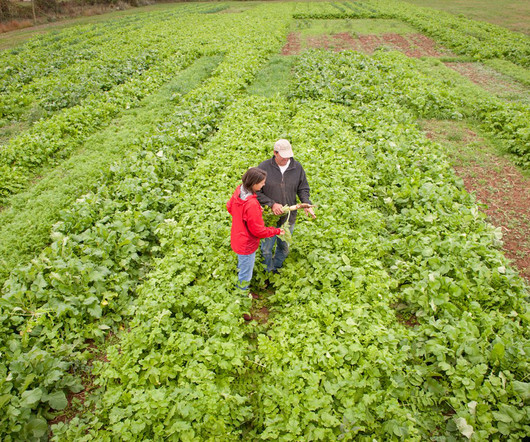Albania: A lesson in localism
Sustainable Food Trust
SEPTEMBER 6, 2023
Seed detective Adam Alexander travels to the Kor çë region to discover how regenerative horticulture is holding up. Until 1990, the system of collective farms in a country that had been able to utilise its abundant water to irrigate most farmland, meant Albania was self-sufficient in food. Today, the average holding is 1.4











Let's personalize your content